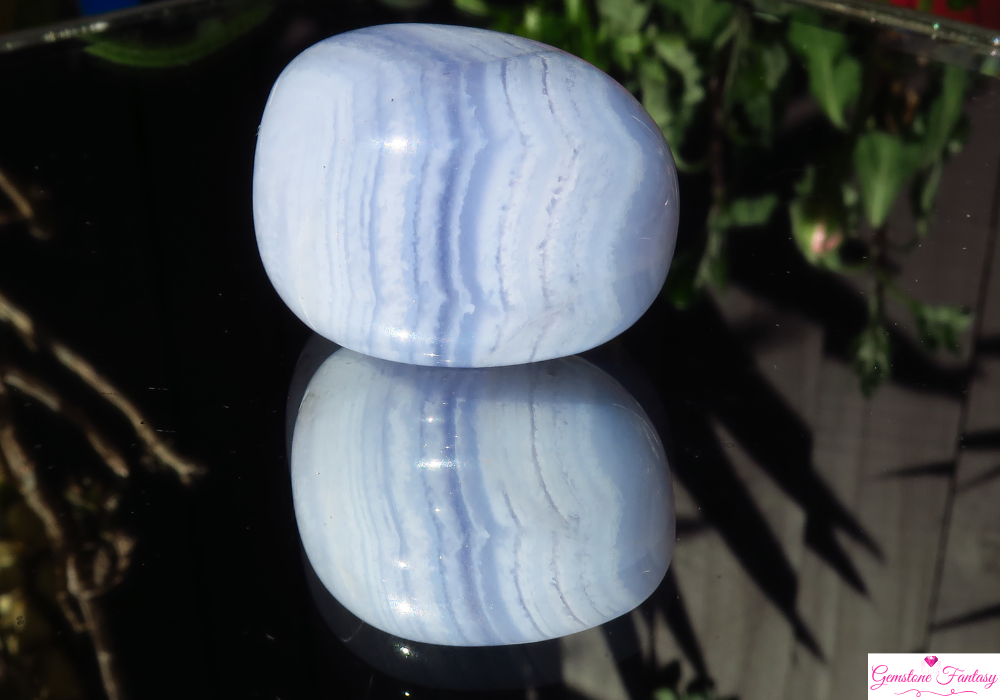Opal is a unique and captivating gemstone known for its iridescent play of colors. It is formed from silica gel, and its internal structure creates a spectrum of colors when light interacts with it. This enchanting stone has a rich history and significance in various cultures around the world.
Geological Formation
Opal is formed through a fascinating geological process that involves the deposition of silica in sedimentary environments.
- Composition: Opal is composed of silica (SiO2·nH2O) with water content that can range from 3% to 21%. Its unique structure consists of microscopic silica spheres that diffract light, creating the stone’s characteristic play-of-color.
- Formation Process: Opal forms in a variety of geological settings, typically in sedimentary rocks. It can develop in the voids and fractures of these rocks over millions of years as silica-laden water seeps in and solidifies.
- Locations: Major sources of opal include Australia, which is renowned for its high-quality opals, as well as Ethiopia, Mexico, and the United States. Each location produces opals with distinct characteristics.
Varieties and Classifications
Opal is categorized into several types based on color, origin, and visual effects.
- Types of Opal:
- Precious Opal: Displays the characteristic play-of-color, often in a range of hues.
- Common Opal: Lacks play-of-color and is usually opaque, available in various colors like white, grey, and brown.
- Fire Opal: A transparent to translucent opal that displays warm colors like orange, red, and yellow, often without play-of-color.
- Boulder Opal: Found within ironstone boulders, retaining the original host rock, which adds unique textures and patterns.
- Black Opal: Contains a dark body tone that enhances the vibrancy of the play-of-color, making it highly sought after.
Cultural Significance and Folklore
Opal has been valued for its beauty and perceived mystical properties throughout history.
- Historical Use: Ancient civilizations, such as the Romans and Greeks, revered opal as a symbol of hope and purity. It was believed to bring good fortune and protection to its wearer.
- Symbolism: In various cultures, opal is associated with creativity, inspiration, and transformation. Its shifting colors are thought to reflect the wearer’s emotions and enhance self-expression.
- Folklore: According to some legends, opals were considered to possess the powers of all colored gemstones, symbolizing hope, love, and fidelity.
Birthstone and Zodiac Connections
Opal is linked to specific months and zodiac signs, making it a meaningful choice for many.
- Birthstone: Opal is the traditional birthstone for October, alongside tourmaline. Its enchanting colors make it a popular gift for those born in this month.
- Zodiac Sign: Opal is often associated with the zodiac sign Libra (September 23 – October 22), symbolizing balance and harmony. Wearing opal is thought to enhance these qualities in individuals born under this sign.
Healing and Metaphysical Properties
Many believe opal possesses unique healing and metaphysical properties.
- Emotional Healing: Opal is thought to help balance emotions, promoting tranquility and calmness. It encourages self-acceptance and personal growth.
- Spiritual Growth: Opal is used in meditation to enhance spiritual awareness and connection to higher realms. It is believed to stimulate creativity and imagination.
- Physical Healing: Some practitioners associate opal with physical healing, particularly related to the eyes and skin. It is believed to support overall well-being and boost the immune system.
Popular Uses in Jewelry and Design
Opal’s captivating appearance makes it a favored choice in jewelry design.
- Jewelry: Opal is commonly used in rings, necklaces, earrings, and bracelets. Its unique play-of-color adds a stunning visual element to any piece.
- High-End Collections: Many luxury jewelry designers incorporate opals into their collections, often using them in statement pieces that highlight the stone’s unique qualities.
- Fashion Trends: Opal has gained popularity in modern jewelry trends, often featured in bohemian and vintage styles, appealing to a wide range of fashion enthusiasts.
How to Identify Authentic Opal
Identifying genuine opal involves examining several characteristics.
- Color and Appearance: Authentic opal exhibits vibrant play-of-color, which can vary based on the angle of light. Look for color flashes that shift as the stone is moved.
- Transparency: Opal can be transparent, translucent, or opaque. Genuine opals often have some degree of translucency, allowing light to pass through.
- Certifications: Seek gemstones with certification from reputable gemological laboratories to ensure authenticity and quality.
Tips for Caring and Storing
Proper care and storage are essential to maintain the beauty of opal jewelry.
- Cleaning: Clean opal with mild soap and water using a soft cloth. Avoid harsh chemicals and ultrasonic cleaners, which can damage the stone.
- Storage: Store opals separately from other gemstones to prevent scratches. Use a soft pouch or a lined jewelry box for protection.
- Handling: Opal is relatively delicate, so handle it with care. Avoid exposing it to extreme temperatures or direct sunlight to preserve its color and integrity.
Market Trends and Pricing
The market for opal is influenced by factors such as rarity, color, and demand.
- Pricing: The price of opal can vary significantly based on factors like color, clarity, and size. Precious opals with vibrant play-of-color can be quite valuable, while common opals are generally more affordable.
- Market Trends: Opal’s popularity is on the rise, particularly as consumers seek unique and colorful gemstones. This increased interest may influence pricing and availability in the future.
Final Thoughts
Opal is a mesmerizing gemstone that captures the imagination with its enchanting colors and rich history. Its rarity, beauty, and unique properties make it a cherished choice for jewelry and decorative items. Whether appreciated for its aesthetic appeal or its metaphysical attributes, opal continues to fascinate and inspire those who encounter its captivating charm.

















